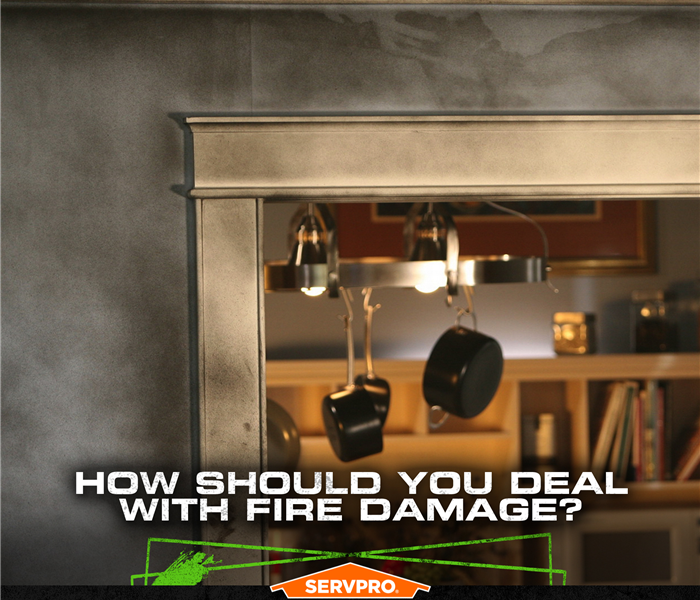Effective Kitchen Fire Damage Restoration in New Providence
1/23/2024 (Permalink)
Hire Professionals for Kitchen Fire Residue Cleanup
Kitchen fires pose significant challenges during soot and smoke cleanup. Fortunately, SERVPRO® technicians master interventions that meet the challenge during training from the Institute of Inspection, Cleaning and Restoration Certification (IICRC). The coursework and hands-on lessons support them when delivering the highest-quality fire damage mitigation and remediation under various circumstances.
Characteristics of Kitchen Fire Residues
Successful kitchen fire damage restoration in New Providence is complex because of the nature of the residues left after food and oils overheat. During a kitchen fire, exposure of food ingredients to intense temperatures causes:
- Dehydration of dairy, vegetables, herbs, meats, sugars, seasonings, and fruits
- Superheating of oils and grease
- Mixing the dried-out food with oils or grease heated past their smoking point, both types of particles are now airborne in the hot and disturbed atmosphere, swirling to form a fine protein-based mist
- Tenacious malodors as affected oils become rancid
The oily, protein-laden mist attaches to surfaces, drying rapidly like a varnish or lacquer. Transparent residues discolor coated materials. Hot air currents move the mist throughout your home, damaging surfaces far from the ignition site in the kitchen.
Protein-Based Residue Clean Up
Our IICRC-certified crews assess all surfaces in your residence and devise a targeted plan to loosen and emulsify the oily soot wherever we find it. Failure to locate and remove all protein-based soot risks progressive deterioration of building materials. Source removal is also the key to eradicating the incredibly nasty smell; masking strategies only distract briefly from the stench. The protocols our crews learned and now apply to clear away the tough grime of a kitchen fire include:
- Matching the residues with effective EPA-registered cleaning products, usually oil-based (solvents)
- Testing selected cleansers to ensure they “break the bond” between the protein-based residues and surfaces
- Choosing cleaning techniques that work to clear residues but also protect underlying surfaces from excessive damage
- Moderating agitation to dislodge soot without scratching--for example, adding only moderate amounts of grit to a cleaning paste and selecting a soft brush or flexible scraper and scrubbing longer
- Adjusting temperatures of cleaning products or dwell times to permit chemical actions to loosen protein-based residues passively
- Coordinating water damage response with residue removal
SERVPRO of Western Union County earns your confidence with trained technicians, cutting-edge products, and equipment for the restoration of fire damage. Call us at (908) 460-5454 around the clock as needed for a prompt disaster response.






 24/7 Emergency Service
24/7 Emergency Service
